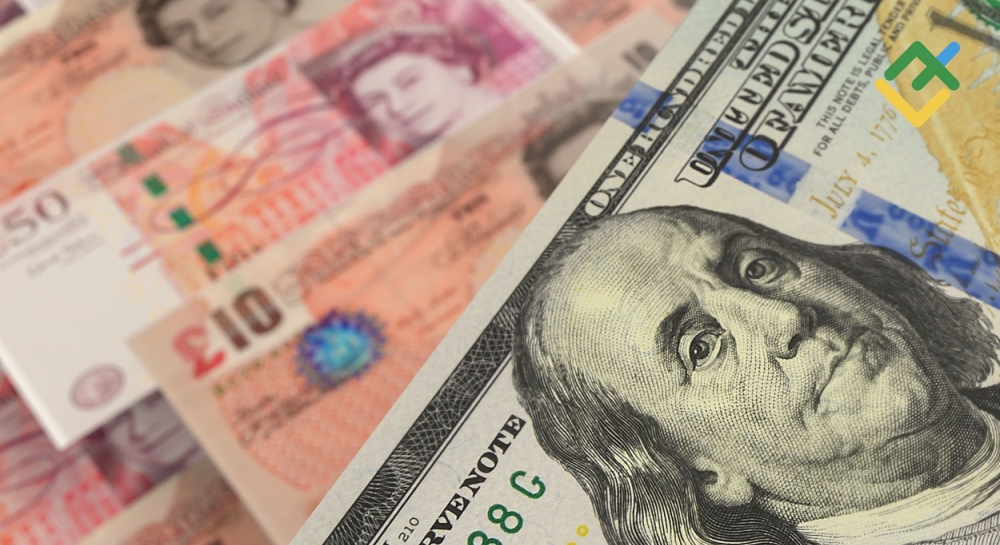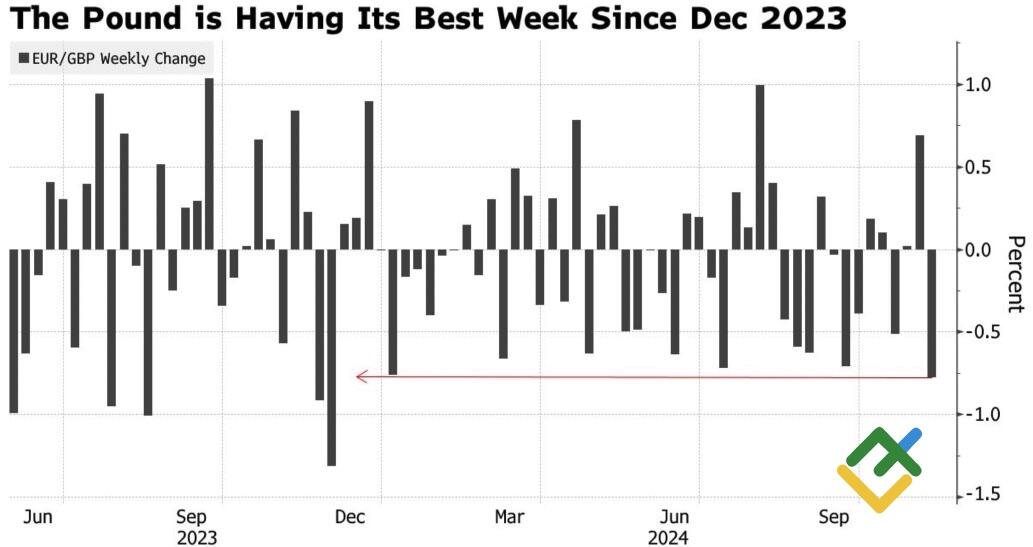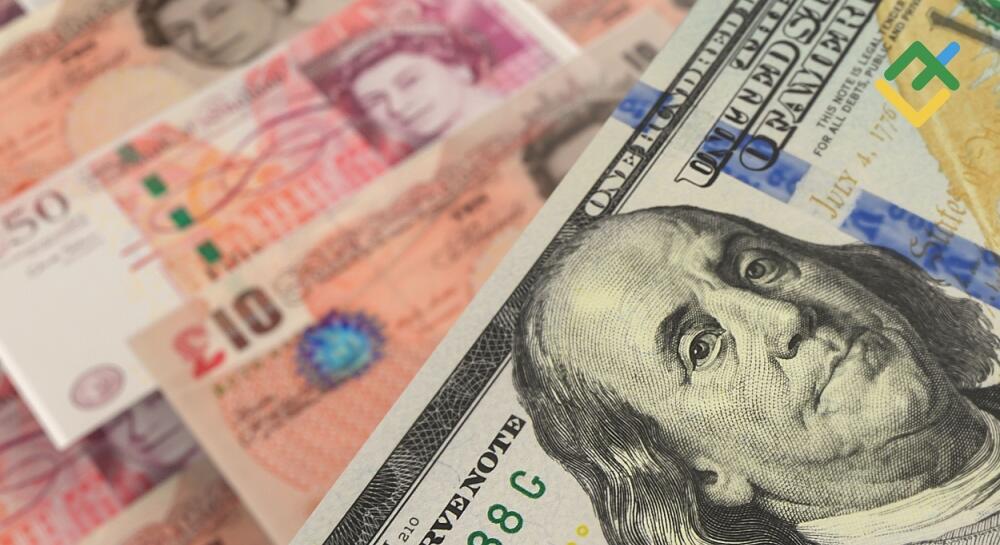
The British pound grows reluctantly on positive economic news and experiences sell-offs against unfavorable data releases. The Bank of England’s hawkish stance initially supported the GBPUSD pair. However, the release of weaker-than-expected labor market data led to a notable decline in the currency pair. Let’s discuss these topics and make a trading plan.
The article covers the following subjects:
Major Takeaways
- The Bank of England has cut its repo rate to 4.75%.
- BoE forecasts suggest its hesitancy.
- The pound is a European safe haven.
- The GBPUSD pair continues to dive towards 1.25.
Weekly Fundamental Forecast for Pound Sterling
Whatever the British pound’s advantages are, it cannot maintain its value against the US dollar. At the same time, positive data releases allow the GBPUSD pair to stay afloat, while a negative backdrop leads to significant sell-offs. This is the most compelling evidence yet that the downtrend persists. The outlook is clearly bearish.
The Bank of England meeting allowed the pound sterling to strengthen against low-yielding currencies such as the euro, Swiss franc, and yen. Despite cutting the repo rate by 25bp to 4.75% for the second time in the last three meetings, the BoE favored caution over decisiveness. It estimated the impact of Labour Party’s fiscal stimulus at +0.5 pp on inflation and +0.75 pp on GDP. As a result, the derivatives market began to focus on one and two instead of two and three anticipated acts of monetary expansion in 2024 and 2025.
BoE and Fed Interest Rates
Source: Wall Street Journal.
The UK is expected to ease its monetary policy at a slower pace than the US or the eurozone. On paper, this should support the British pound against the US dollar and the euro. However, the EURGBP pair had its worst week since December, and the GBPUSD pair consolidated for a while before continuing to decline significantly.
EURGBP Weekly Change
Source: Bloomberg.
The latest UK labor market statistics fueled bearish momentum. The unemployment rate increased to 4.3%, up from 4%. Employment declined more than anticipated, and the rate of pay growth reached 4.8%, marking the lowest level since the second quarter of 2022. The UK labor market is cooling, hurting the national currency and accelerating the GBPUSD pair’s collapse.
The UK currency remains pro-cyclical despite the optimistic outlook from JP Morgan and Credit Agricole on the pound as a European safe haven amidst the political crisis in Germany. The pound is highly sensitive to shifts in the global economy and international trade.
The WTO reports that in the 12 months leading up to October 2023, G20 countries implemented 91 trade-restrictive measures. Consequently, the proportion of global imports subject to restrictions increased from 9.1% to 9.4%. However, the $829 billion of these measures was below the $1.1 trillion of trade restrictions removed during the same period. The global economy was progressing towards greater globalization. However, this was disrupted by the election of Donald Trump in the US, whose “America First” slogan has caused concern in the markets.
Weekly GBPUSD Trading Plan
The pound’s status as a pro-cyclical currency in the context of the US protectionism policy makes it vulnerable, pushing the GBPUSD pair lower. Despite the Bank of England’s gradual repo rate reduction, the first bearish target of 1.27 has already been hit, and the second at 1.25 remains intact. Thus, short positions can be opened on pullbacks.
Price chart of GBPUSD in real time mode
The content of this article reflects the author’s opinion and does not necessarily reflect the official position of LiteFinance. The material published on this page is provided for informational purposes only and should not be considered as the provision of investment advice for the purposes of Directive 2004/39/EC.
{{value}} ( {{count}} {{title}} )
This post is originally published on LITEFINANCE.





